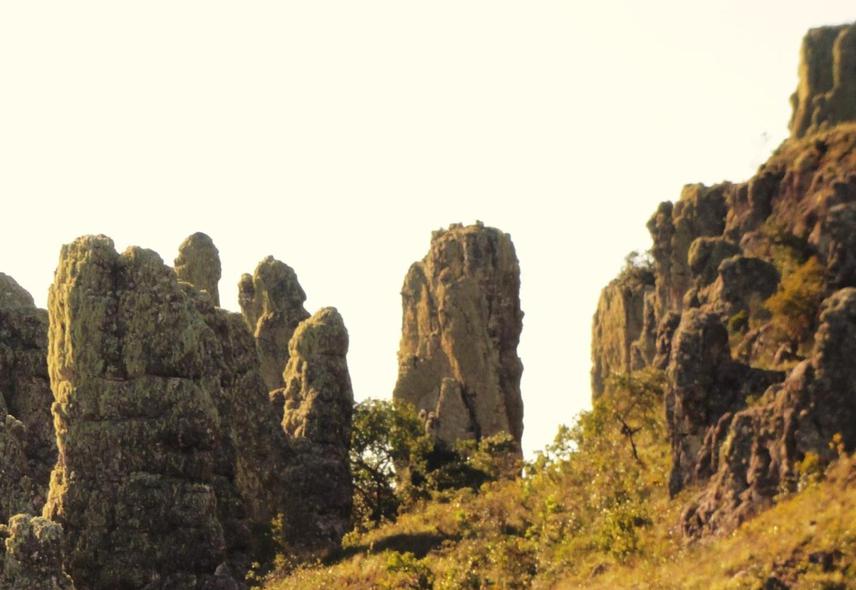Article featuring the project.
Erbol - Patrimonio natural, raro y exclusivo amenazado en Santa Cruz
2 May 2012 Roboré, Bolivia, Central and Latin America Habitats | Plants
Plant Species Diversity and Endemism on Rock Outcrops in the Bolivian Cerrado Biome: Implications for Conservation
In collaboration with local communities, this project aims to generate information on the ecology and reproductive biology of five threatened plants that are narrow endemic to rock-outcrops in the Bolivian Cerrado Biome.
The rock-outcrops of the mountains of Roboré have been identified as the centre of plant endemism in the Bolivian Cerrado biome. In these mountains, at least 58 endemics and approximately 26 new species have been found in recent years. This total represents 72% of the Bolivian Cerrado endemic flora.

Our previous studies supported by the 1st RSG also found that most species are narrow endemics having very restricted distributions with few, small and isolated populations and consequently are globally endangered according to IUCN categories and criteria. In the last years, all the area has seen an increase in human occupation, and activities such as clearance of the natural vegetation and planting with introduced pasture grasses have been reported. Additionally, because rock-outcrops are well-known to be rich in iron ore, they are constantly under threat from mining activities.
Reliable conservation recommendations for these rare and endangered plants are limited by the lack of integration of ecological and biological data. In this context, this study aims to generate information on both topics of these species to provide conservation recommendations based on scientific knowledge. First, we will study their microhabitat requirements to accurately delineate the microhabitat boundaries of their populations. Second, we will study floral visitors, breeding system, pre-dispersal seed predation and reproductive output to gain insight into the factors limiting the size of their populations. The integration of this information will help us:
1) determine the factors that constrain the particular distribution and population size of these species,
2) provide insights to predict their survival capacity
3) propose specific reliable recommendations for future in situ and ex situ conservation initiatives (e.g. the possibility of conservation in botanical gardens).
We will continue with community education and awareness-raising activities about the importance of rock-outcrops as hotspots of plant endemism, specifically their important role for the conservation of threatened narrow endemics. We will raise awareness about the threats of disappearance of endemics. Moreover, since local people have shown interest in learning more about their biodiversity, they will be trained to undertake future biodiversity work (e.g. plant identification, population monitoring). Increased sensitivity and awareness about the conservation the endemics and their habitat coupled with increased capacity of local people to continue with future biodiversity work will be ideal to ensure conservation and will create a collaborative atmosphere in the conservation and research process.
Article featuring the project.
Erbol - Patrimonio natural, raro y exclusivo amenazado en Santa Cruz